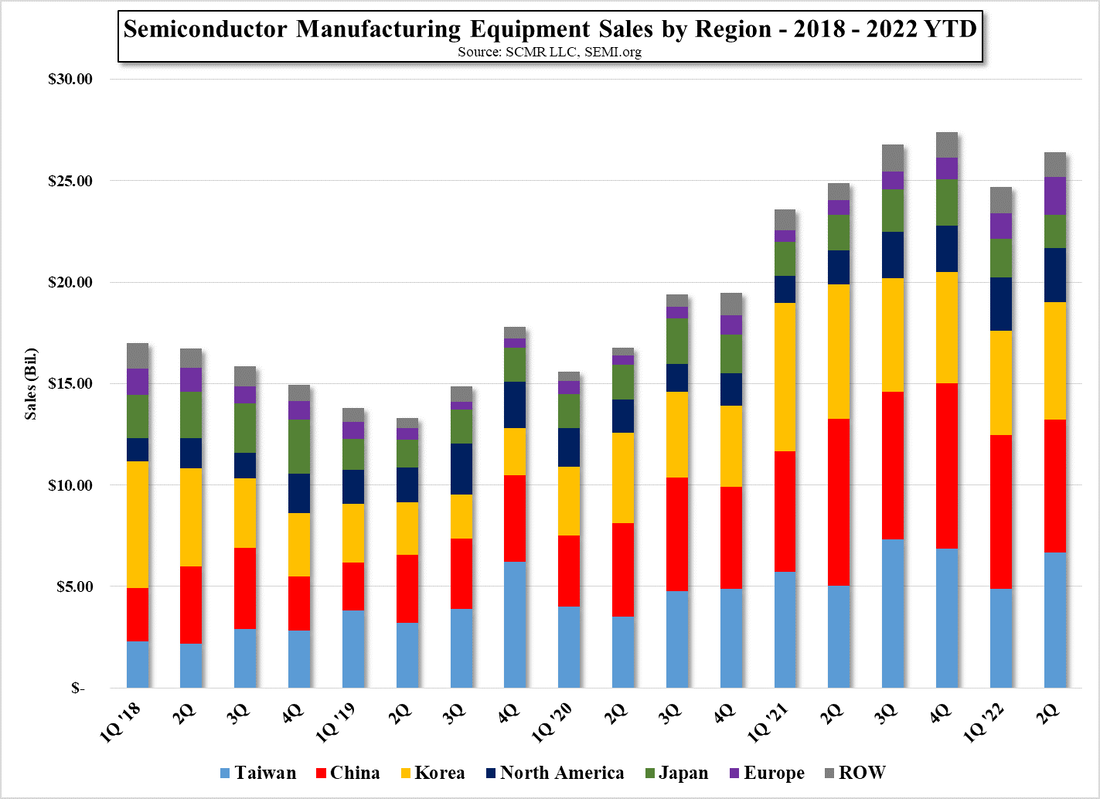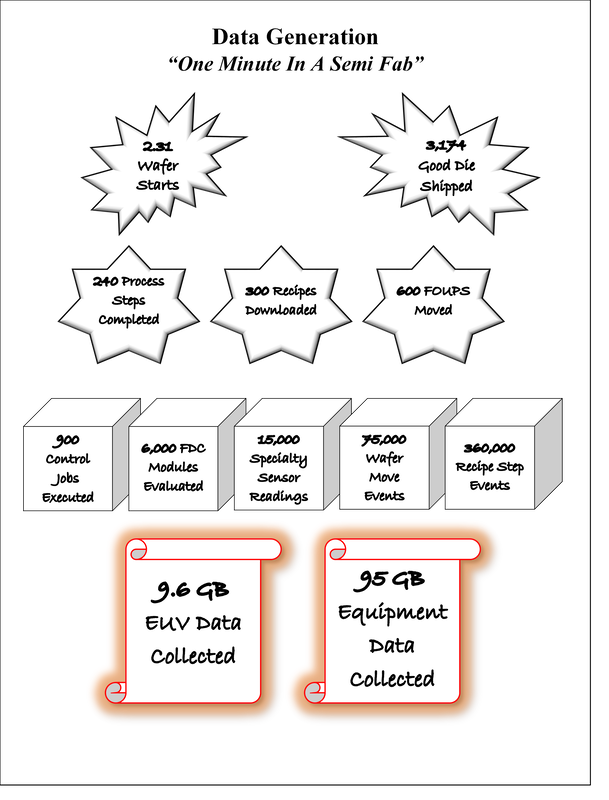BOE to Become Majority Shareholder of HC Semitek
HC Semitek produces LED chips, wafers, and sapphire substrates and ingots, which will feed BOE’s developing mini-LED business and eventually (2024) the company’s initial foray into micro-LEDs. The company cited a 30% growth rate for the overall MLED (Mini & Micro) market, and an 18% growth rate for the Micro-LED market (to $30b) through 2030, although no data source was mentioned. HC Semitek is expected to use almost all of the new capital to boost its mini-LED and micro-LED manufacturing capacity.
BOE will use the relationship to further the expansion of its mini-LED backlight business, which is based on its abilities in three basic categories, semiconductor display technology, driver architecture, and transfer technology, which BOE has been using to develop and market its 65” full sheet mini-LED glass backplane while developing a 75” and 86” single sheet product in conjunction with Skyworth (000810.CH), and continues to develop its chip transfer technology, which we believe is based on a ‘pin-push’ system that moves die from tape to the substrate at ~100 chips/sec.
We note that this is the second such transaction in the mini-LED space in China in recent weeks, with Hisense Visual (600060.CH) increasing its stake in Xiamen-based LED chip and wafer producer Changelight (300102.CH) by 3.26% to 16.82% and is expected to continue to acquire additional shares going forward. Given that China dominates the LED space and the LCD display space, it seems logical that Chinese display companies would move toward capturing as much of the mini-LED production infrastructure as possible, especially as it extends the life of the LCD space as it competes with OLED technology. BOE is the first Chinese company to produce a commercial glass mini-LED backlight, with others based on PCB boards that make it difficult to align TFT circuitry with LCD pixels. While Micro-LED technology is different in that it is self-emissive, bypassing the use of LCD technology, it is based on LEDs, albeit small ones, and the Chinese government and Chinese display producers are working toward making sure that they can compete directly with Korean and Taiwanese display producers as that space develops.








 RSS Feed
RSS Feed